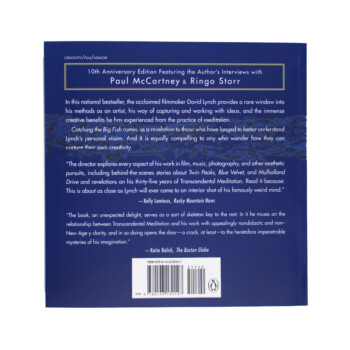In the Golden Age, Amsterdam was co-owner of Suriname, and thus of the slaves who lived there. Many Amsterdammers invested in plantations in Suriname and the Antilles, in the VOC and later the West India Company. Where was that visible in the city? Much was arranged in-house or overseas, out of sight. Yet there are traces of this slavery past. Slave trader Paulus Godin lived in the current official residence of the mayor on Herengracht. Dozens of black women and men also lived in the city. Lea Parijs, for example, an enslaved from Demerara, was baptized as a free woman here in 1802 at the Beguinage. This guide takes you to more than a hundred locations. From now on you will look at the facades with different eyes.
This guide tells the slavery history of Amsterdam on the basis of more than a hundred locations. Never before have so many locations in the Netherlands been listed in a (walking) guide, which are linked to the history of slavery. ‚The legacy of slavery can be identified anywhere in the Netherlands today, even if that legacy is not as explicit, not as visible, not as tangible as it could be,‘ said sociologist Stephen Small in his inaugural lecture at the University of Amsterdam. Amsterdam in 2012.
The revised edition contains minor corrections and additions to the texts and images. One of the new pages is about the presence of a black community of men, women and children in the center of Amsterdam from the beginning of the seventeenth century. The map in the book has also been completely revised and the map locations are provided with page numbers in the book, making the book more usable.















Bewertungen
Es gibt noch keine Bewertungen.